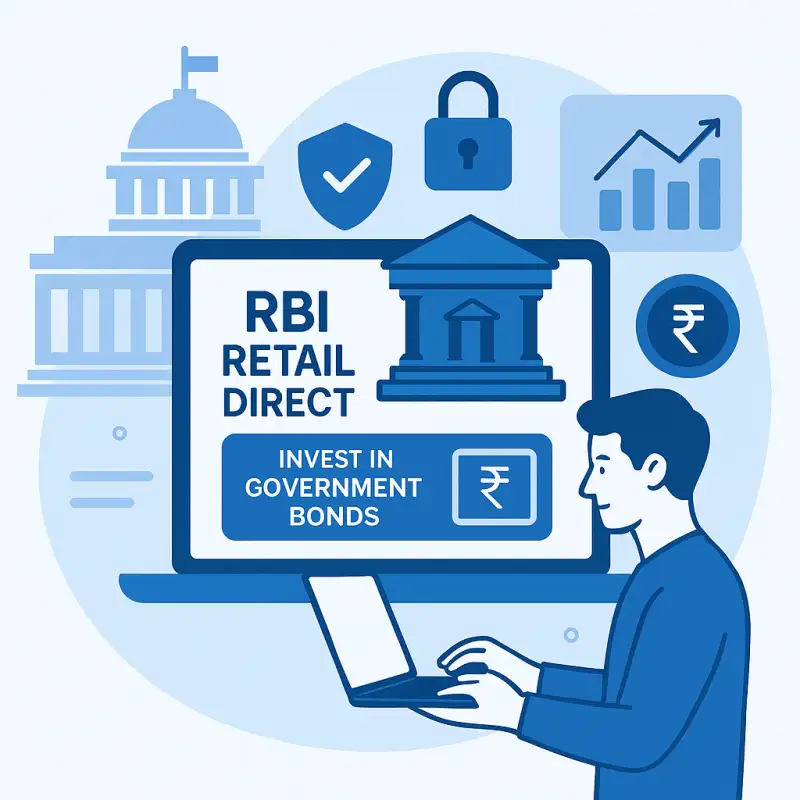Check the financial health of your bank with these 8 ratios in India - Digiforum Space
Share
Facebook X LinkedIn Tumblr Pinterest Pocket Skype Messenger Messenger Viber
Check the Financial Health of Your Bank with These 8 Ratios in India
Check the financial health of your bank : Ensuring the financial stability of your bank is essential for safeguarding your hard-earned money. While banks are subject to regulatory oversight, it’s crucial to have a basic understanding of their financial health. One way to assess this is by analyzing specific financial ratios. In this article, we will explore eight key ratios that can help you evaluate the financial well-being of banks in India. By familiarizing yourself with these ratios, you can make informed decisions about where to entrust your money.
Capital Adequacy Ratio (CAR)
The Capital Adequacy Ratio measures a bank’s ability to absorb potential losses. It compares a bank’s capital (including shareholders’ equity and reserves) to its risk-weighted assets. A higher CAR indicates a bank’s capacity to withstand financial shocks and ensures depositor security.
Related Articles
- What is Net Banking in Hindi – Internet Banking
- What is UPI lite NPCI?
- RNFI Insurance Commission for Retailers
- Health Insurance Slogans
- Budget 2022 – 30% Tax and 1% TDS on Virtual Digital Assets (Cryptocurrency)
Non-Performing Assets (NPA) Ratio
The NPA ratio reflects the proportion of loans that borrowers have defaulted on or failed to repay. A lower NPA ratio signifies a bank’s ability to manage credit risks effectively. Evaluating this ratio helps you assess the bank’s asset quality and the likelihood of potential loan losses.
Net Interest Margin (NIM)
Net Interest Margin measures the profitability of a bank’s core lending activities. It represents the difference between interest income earned on loans and the interest paid on deposits. A higher NIM indicates that the bank is generating more income from its lending operations.
Cost-to-Income Ratio (CIR)
The Cost-to-Income Ratio assesses a bank’s operating efficiency by measuring the proportion of operating expenses to its income. A lower CIR indicates effective cost management and higher operational efficiency. It reflects the bank’s ability to control expenses and generate profits.
Loan-to-Deposit Ratio (LDR)
The Loan-to-Deposit Ratio measures the proportion of loans a bank has granted compared to its total deposits. A moderate LDR suggests a balanced approach to lending, indicating that the bank has enough liquidity to meet its obligations.
Return on Assets (ROA)
Return on Assets determines how efficiently a bank utilizes its assets to generate profits. It calculates the net income earned as a percentage of total assets. A higher ROA indicates that the bank is effectively utilizing its assets to generate returns.
Net Interest Income to Operating Income (NII/OI)
The NII/OI ratio evaluates the bank’s reliance on net interest income for its overall operating income. A higher ratio suggests that the bank’s primary source of income is lending activities. A balanced mix of income sources can indicate a more diversified revenue stream.
Provision Coverage Ratio (PCR)
The Provision Coverage Ratio assesses a bank’s ability to absorb potential loan losses by comparing the provisions made for bad loans to its non-performing assets. A higher PCR indicates that the bank is adequately prepared for loan defaults and has set aside sufficient funds to cover potential losses.
Conclusion
Assessing the financial health of a bank is crucial to ensure the safety and security of your funds. By examining these eight key ratios, you can gain valuable insights into a bank’s stability, risk management, profitability, and operational efficiency. Remember, while ratios provide a snapshot of a bank’s financial health, it’s essential to conduct thorough research and consider other factors before making any financial decisions. Always consult with financial experts or advisors for a comprehensive evaluation of a bank’s health before entrusting them with your money.
TagsBanking Financial Health RatiosCopy URL URL Copied
Send an email 30/06/20230 86 2 minutes read
Share
Facebook X LinkedIn Tumblr Pinterest Pocket Skype Messenger Messenger ViberShare
Facebook X LinkedIn Tumblr Pinterest Reddit VKontakte Odnoklassniki Pocket Skype Share via Email Print





